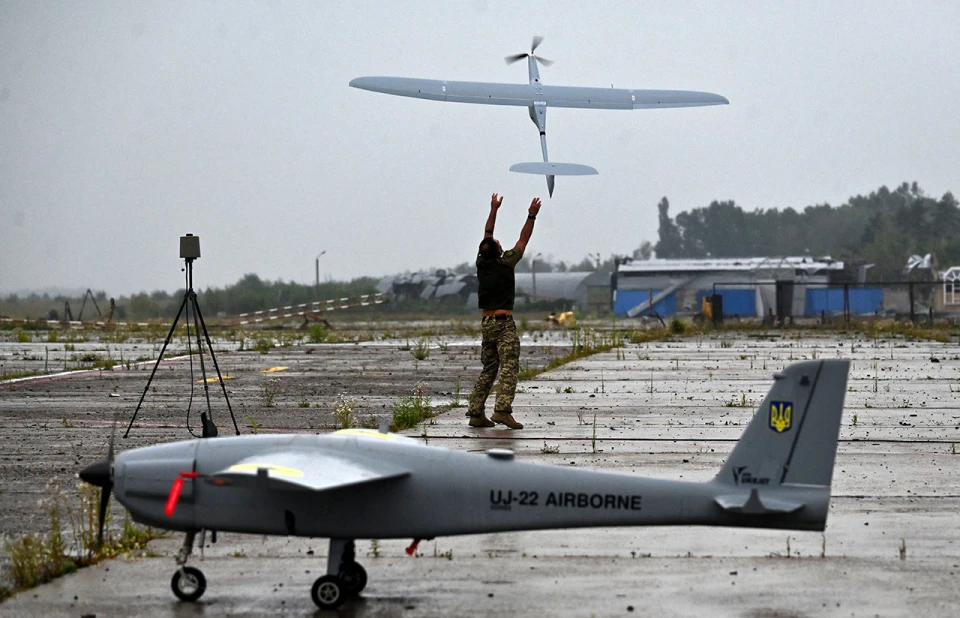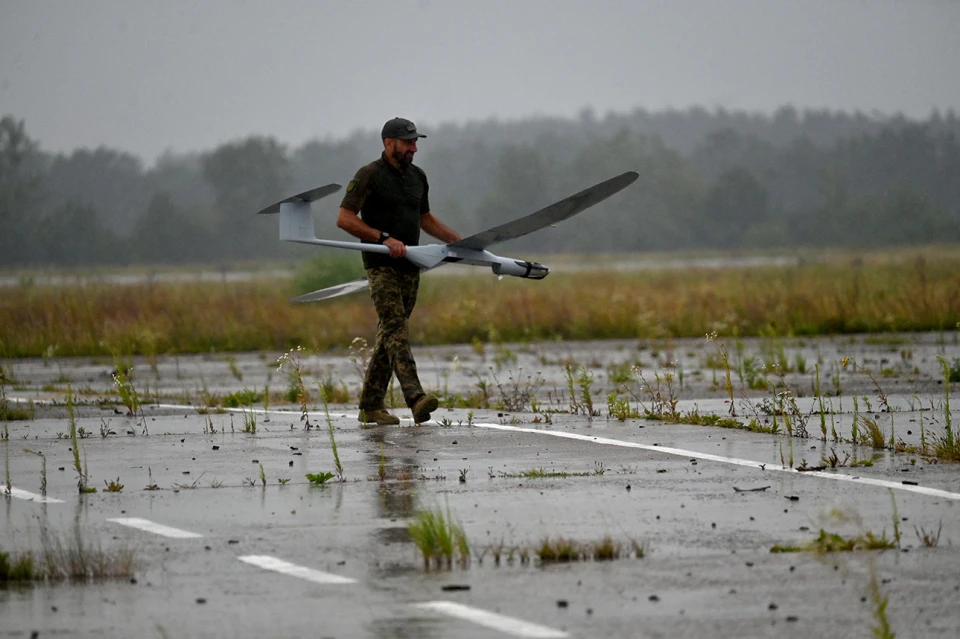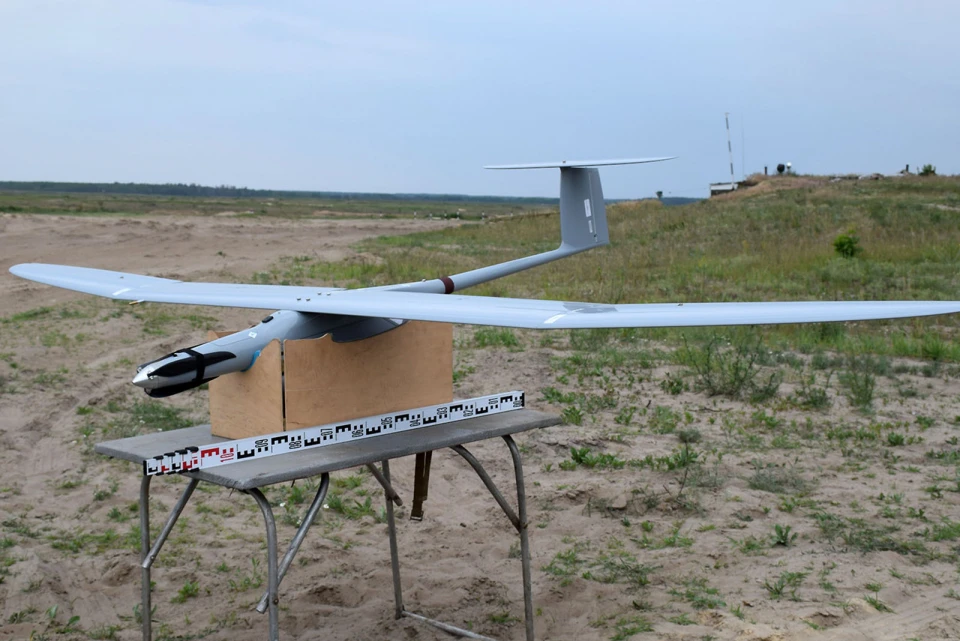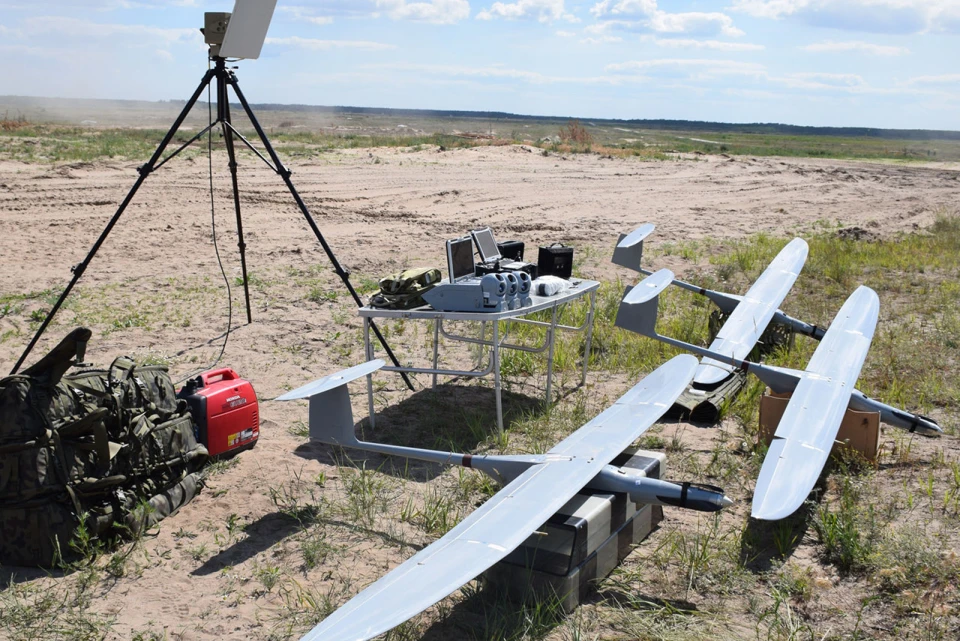
FlyEye: Stealth drone elevating artillery effectiveness by 5 times
In Ukraine, names like Mavik, Bayraktar, or FPV resonate, even among children. Experts emphasize the crucial role of both quantity and quality in drones for achieving front-line superiority. A standout in the Armed Forces' drone arsenal is the Polish FlyEye — a top-tier reconnaissance drone capable of boosting artillery effectiveness by five times
Espreso delves into the first unmanned aircraft system adopted by the Armed Forces, exploring its technical specifications and deployment nuances on the front lines.
Points of the article:
- The evolution of FlyEye drones
- Understanding FlyEye: Operation and functionality
- Technical specifications
- Military perspectives on FlyEye
- Upgraded FlyEye models already in active service with the Armed Forces
The evolution of FlyEye drones
The FlyEye unmanned aerial vehicle, developed by FlyEye and engineered by Flytronic (owned by WB Electronics), was unveiled to the public in the summer of 2010 at a Paris exhibition.
By October 2010, FlyEye demonstrated its practical use by aiding in the search for a missing child in Augustów County in Poland. In 2013, an agreement was inked for the supply of 12 sets of FlyEye drones to the Polish army. A year later, FlyEye secured victory in a tender for mini-class unmanned aerial vehicles for the Polish border guard.

Photo: Getty Images
The drone soon made its way to Ukraine, marking the WB Group as the first foreign entity to provide equipment to the Ukrainian military post the Russian Federation's aggression in 2014. Since 2015, FlyEye has been operational in Ukraine, officially adopted by the Armed Forces in 2017, with then-Minister of Defense Stepan Poltorak signing the order.
Military expert Valery Ryabykh highlighted FlyEye's impressive performance in the Donbas combat zone, describing it as a "high-quality and very effective unmanned aerial vehicle complex with a large margin of durability and failure resistance." Remarkably, as of 2021, not a single glider was lost during the first five years of operating the FlyEye 2.0 anti-aircraft missile defense system in combat conditions, accumulating over 3,500 flight hours.
Beyond its role in Donbas, the "flying eye" found utility with the National Guard for detecting fires or saboteurs in the Chernobyl exclusion zone. The National Guard praised FlyEye's thermal imaging capabilities, particularly its effectiveness in detecting fires despite high levels of smoke.
In 2020, FlyEye achieved another milestone as the first Polish system offered by the NATO Support and Procurement Agency (NSPA). The Agency commended the quality of Polish drones. Notably, Polish special forces utilized FlyEye during combat missions in Afghanistan.
Understanding FlyEye: Operation and functionality
The FlyEye unmanned aircraft system comprises a ground control station, data analysis station, antenna, and drone. Its purpose is battlefield monitoring, artillery fire adjustment, signal relay, and border patrol.
Constructed with composite materials in a high-flying design, the FlyEye drone features a folding propeller at the front, with the payload situated under the hull near the center of mass.
According to an ArmyInform article, the 11 kg FlyEye can be readied for takeoff and folded after landing in less than ten minutes. Its automatic launch involves release "from the hands" of the operator, eliminating the need for additional equipment like a launcher. This design reduces the system's weight, making it transportable in two backpacks, and even launchable from a small vessel's deck.

Photo: Getty Images
Control options include manual operation within a 30 km range from the control post or automatic flight along a pre-programmed route, adjustable manually during flight. The drone's silent flight, often referred to by scouts as a "stealth plane," is attributed to its electric motor and gliding capabilities.
"It is difficult to detect it, because in its 'brains' certain algorithms, radio-electronic technologies, which are still unknown to the Russians, are embedded."
In the event of enemy electronic warfare (EW) interference, the drone switches to radio silence mode, following its pre-programmed route. If ground station communication is lost, FlyEye autonomously returns to the designated point.
The central compartment of the 1.9 m long FlyEye houses intelligence equipment, with a take-off weight of 11 kg (including a 4 kg payload). It reaches heights of 4 km, achieves speeds up to 120 km/h, and has a flight duration of up to three hours.
Before landing, the payload is released on a parachute, and the drone glides to the specified landing location.
FlyEye drone technical specifications
- Wingspan: 3.6 meters
- Length: 1.8 meters
- Take-off weight: 12 kilograms
- Payload capacity: Up to 4 kilograms
- Speed: 60-120 km/h
- Practical ceiling: 3.5-4 kilometers
- Operational radius: Up to 300 kilometers (with radio communication reaching up to 50 kilometers)
- Maximum flight duration: Up to 3 hours
Military perspectives on FlyEye
Colonel Taras Potyahach led the testing commission for the adoption of the Polish complex by the Armed Forces. He highlighted the commission's thorough monitoring of foreign drones in this class, with the FlyEye drone emerging as the best among them.
"We considered the drone's tactical and technical characteristics and its adoption by NATO member countries. It features digital data transmission channels that deliver high-resolution images, enabling identification of military equipment types and their specific modifications, such as distinguishing between a tank, like T-64BV or T-72B3."
Potyahach emphasized the versatility of FlyEye, with its daytime camera and thermal imager allowing operation at any time of day and in limited visibility conditions. The thermal imager facilitates precise artillery fire adjustments, clearly revealing ammunition rupture points. Additionally, a laser rangefinder aids in determining exact distances to objects.
In a video from Military Television of Ukraine, an SBU counter-intelligence officer recounted a successful operation using FlyEye to scout positions and identify concentrations of enemy personnel and equipment, including the Tor anti-aircraft missile system. The officer stressed the paramount importance of ensuring a secure location for UAV operators.
"Unit safety takes precedence. It's crucial to establish a secure location to prevent enemy aerial detection of our positions. Camouflage measures are also essential to complicate the enemy's efforts in locating us."
Defense Express evaluates the system through insights from a soldier with the call sign "Google," who served in the FlyEye drone crew of an artillery brigade.
"The system we deployed logged over 700 flight hours in a few months of active duty, successfully scouting more than 1,000 single and group targets," reports Google.

Photo: www.ukrmilitary.com
He highlights the strengths of the Polish drone, such as a secure digital radio channel, efficient gliding flight (operating the engine only 25% of the time), and capability to function amidst electronic warfare and stormy weather, among others.
Google underscores that most "mechanical functions," including take-off and landing, are handled by the autopilot, eliminating human errors.
"The device proves effective during convoying of moving targets and searching for objects in various settings, be it urban structures or dense forests. FlyEye's ability to operate in strong winds at speeds up to 18 m/s stands out. In similar conditions, none of the other anti-aircraft missiles in our arsenal of this class can match its performance," notes the military.

Photo: www.ukrmilitary.com
Upgraded FlyEye models already in active service with the Armed Forces
The developers of FlyEye drew from their experience in Ukraine to enhance their product. In 2021, they launched FlyEye 3.0, featuring improved tactical and technical aspects.
FlyEye 3.0 introduces several beneficial functions, including real-time video transmission and playback, autonomous flight, and automatic landing. It incorporates a compact tactical antenna, enabling control transfer to a specialized group near the UAV barrier for silent radio operation.
Equipped with the new GS4 observation head, FlyEye 3.0 utilizes cameras with enhanced features and advanced image processing algorithms. The high-quality images facilitate object identification at distances of 5-7 km in various lighting and weather conditions.
In August 2022, Ukraine acquired 20 FlyEye reconnaissance drones as part of the "Army of Drones" project, opting for the latest version 3.0. This might not be the final addition to their drone arsenal, considering Poland's plan to boost FlyEye unmanned aerial system production by 2.5 times in 2024. In 2023, they manufactured 80 sets of 3-4 drones annually (240-320 drones, or 20-27 monthly). The target for 2024 is to produce 200 sets (600-800 drones).
Ukraine is keen on utilizing these "flying eyes'' further. Expert Valery Ryabykh highlighted FlyEye's ability to significantly enhance the efficiency of artillery and missile systems, citing practical tests.
"In targeting a counter-battery radar without UAV, shell consumption was 200-300 units. However, with FlyEye 3.0 drone aiding artillery fire adjustment, shell usage dropped to 38 units, boosting combat effectiveness and accuracy by more than 5 times," noted Ryabykh.
- News













































